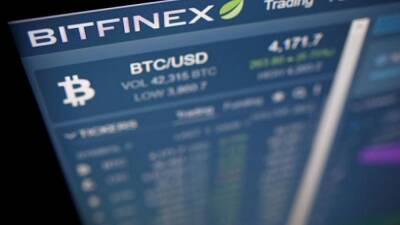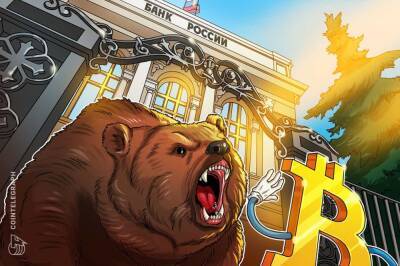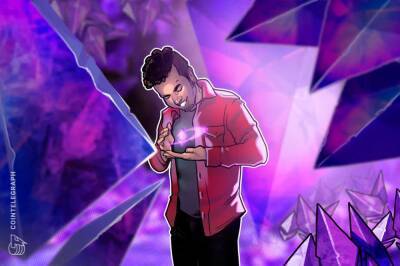Here’s how Terra traders use arbitrage to profit from LUNA and bLUNA
The end of the year is normally a time to wind down and prepare for the holiday season, but the last few weeks of 2021 saw a crypto market that showed no signs of resting.
One of the headline-grabbing stories related to Terra reaching an all-time high in terms of the total value locked (TVL), and the project surpassed Binance Smart Chain (BSC) as the second-largest decentralized finance blockchain after Ethereum. After reaching the $20-billion TVL mark on Dec. 24, Terra’s TVL has come down to around $19.3 billion at the time of writing according to data from Defi Llama, but this is in no way, shape or form a bearish signal.
Currently, Terra has only 14 protocols built on the chain, compared to the 257 protocols on BSC and the 377 that are on the Ethereum network. Terra’s protocols have managed to attract liquidity very successfully, and the recent Astroport protocol launch coincides nicely with the swift rally of Terra’s native governance token, LUNA, to a new all-time high on Dec. 26, 2021.
Looking at the TVL in United States dollars versus LUNA, the former has experienced exponential growth since September 2021 while the latter remains quite flat during the same period. It is not hard to see that the contributing factor to the recent increase in the U.S. dollar TVL is the increase in LUNA’s price itself.
While price increases in the governance token often show investors’ confidence in the chain and the protocols, it seems to also produce more lucrative arbitrage opportunities.
Let’s take a closer look at some of the strategies used to arbitrage between LUNA and its bonded asset bLUNA.
LUNA is the governance and staking token of the Terra blockchain, whereas bLUNA is the token that represents the staked LUNA and its
Read more on cointelegraph.com




















